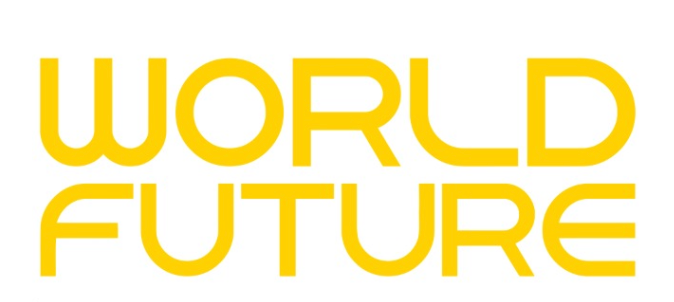Inside the Game-Changing Vietnam-USA Semiconductor Agreement
By investing in training and education, this agreement aims to equip the Vietnamese workforce with the specialized skills needed for the semiconductor industry. This not only enhances the nation's technological capabilities but also creates employment opportunities and fosters economic growth.

Vietnam recently entered into a Comprehensive Strategic Partnership with the United States, a significant move with far-reaching implications. One of the key components of this partnership is the Memorandum of Cooperation on Semiconductor Supply Chains, Workforce, and Ecosystem Development. This memorandum serves a dual purpose: formalizing the bilateral relationship between the two nations and fostering the growth of the semiconductor industry in Vietnam. Its objectives can be distilled into several key areas.
Firstly, it seeks to bolster workforce development within Vietnam's burgeoning semiconductor sector. By investing in training and education, this agreement aims to equip the Vietnamese workforce with the specialized skills needed for the semiconductor industry. This not only enhances the nation's technological capabilities but also creates employment opportunities and fosters economic growth.

Visit World Future for more foreign news and regional Asean stories
A Semiconductor Mess
Secondly, the memorandum is geared towards nurturing the semiconductor ecosystem within Vietnam. This encompasses various aspects, from research and development to the establishment of a robust support infrastructure. By fostering an environment conducive to innovation and technological advancement, both countries aim to facilitate the growth of a sustainable semiconductor industry in Vietnam.
Thirdly, the agreement places a strong emphasis on strengthening semiconductor supply chains between the United States and Vietnam. This is a strategic move, acknowledging Vietnam's potential to become a vital partner in building resilient semiconductor supply chains. Reducing dependency on China in this context is a key objective, given the global concerns regarding overreliance on a single source for critical components.
In line with these goals, another significant aspect of the partnership is the commitment to increase semiconductor production in Vietnam. This includes the expansion of manufacturing facilities and technological capabilities to meet the growing demand for semiconductors in various industries. The intention is to position Vietnam as a significant player in the global semiconductor market.
While the memorandum reflects the shared ambition to nurture Vietnam's semiconductor sector, it also serves as a response to the competitive landscape, particularly in relation to China. Recognizing Vietnam's potential to challenge China's dominance, the United States is actively engaging with Vietnam to create alternative supply chain options. This is a strategic move designed to enhance resilience and reduce reliance on a single supplier, aligning with broader global trends.
However, it is essential to note that President Joe Biden has explicitly stated that the United States' partnership with Vietnam is not solely driven by an intent to counter China's international influence. Instead, it represents a historic deal that encompasses a broader set of objectives.
Semiconductor partnerships
In addition to the semiconductor-focused aspects of the partnership, there are other notable elements. One of these is a commitment to increasing clean energy production in Vietnam. This reflects a shared commitment to addressing environmental concerns and promoting sustainable energy sources. Furthermore, a trade agreement to boost bilateral trade between the United States and Vietnam is also part of the partnership's framework. This underscores the multifaceted nature of the relationship, extending beyond the semiconductor industry.
Another noteworthy development is the consideration of an $8 billion credit facility to facilitate the acquisition of heavy weaponry. While this aspect might not directly relate to the semiconductor industry, it demonstrates the depth and breadth of the collaboration between the two nations, encompassing various sectors.

